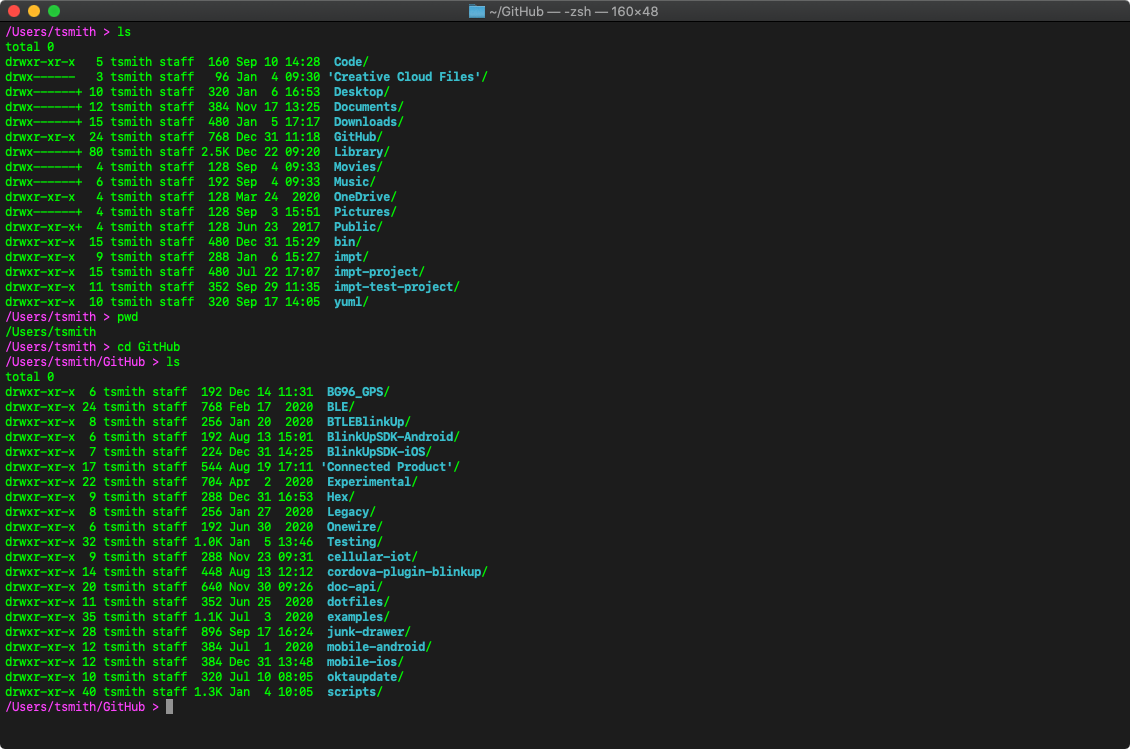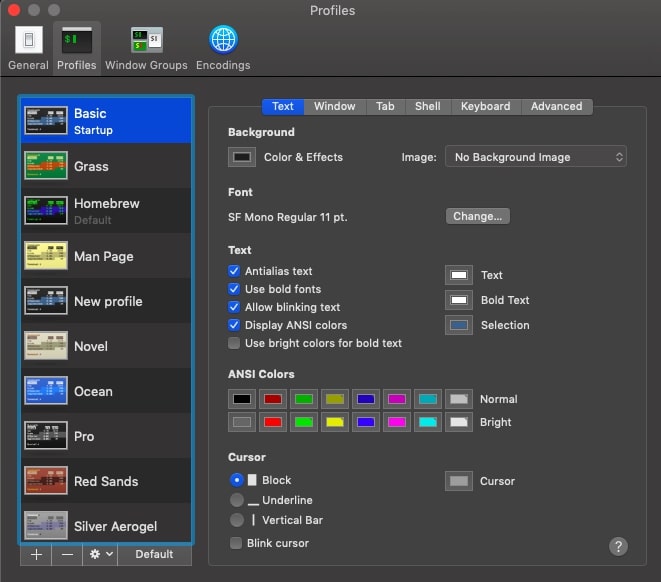

- #Check startup items mac command line terminal manual
- #Check startup items mac command line terminal full
- #Check startup items mac command line terminal windows 10
In order to read the manual for any command and find out what it does, as well as what parameters it has, you need to type man command_name.Use the command you got from previous step and click on Add. You can use whatever name and comment (which is the description of the app) you want. The command is the most important of all. This will ask you enter a name, a command and comment (optional). If you mess up when typing commands in the command line Mac OS, try pressing Control + C, this combination stops the current command as well as closes it. Head back to Startup Applications and click on Add.If you enter two exclamation marks !! and press enter, the last command entered will be executed.
#Check startup items mac command line terminal full
The full history is stored in the file ~ /. If you continue pressing the up key ↑, you will go through the history of the commands you have executed. If you press the up key ↑ in the Mac command line, the last command you entered will be displayed.This function works similarly to autocomplete commands.
#Check startup items mac command line terminal windows 10

Kills a hung process or sends a signal to itįorcibly writes the contents of the disk cache to the hard disk The load on the processor, the size of the memory involved, the time, etc. Lists the main processes involved and constantly updated information about them. The same, but the search will be carried out exclusively on the boot disk of your systemĬommand, issuing in the terminal a list of processes of the current user

For example, doit To use this command, type doit without the dollar sign at the command prompt in a Terminal window, then press the Return key. When a command is shown on a line by itself as you might type it in a Terminal window, it follows a dollar sign that represents the shell prompt. Searches for the file you need across the entire file structure, including all mounted drives, and displays the full path to it You can use the doit command to get things done. Searches for files that match your criteria In addition to listing existing files, also shows their access rights and the date they were createdĪllows copying the directory, but with the attributes of hidden files Lists the file names in the specified directory Helps navigate through various directoriesĪllows returning to the previous directory Shows a list of all folders available on your system partition Shows you the amount of your disk space, including network drives.


 0 kommentar(er)
0 kommentar(er)
